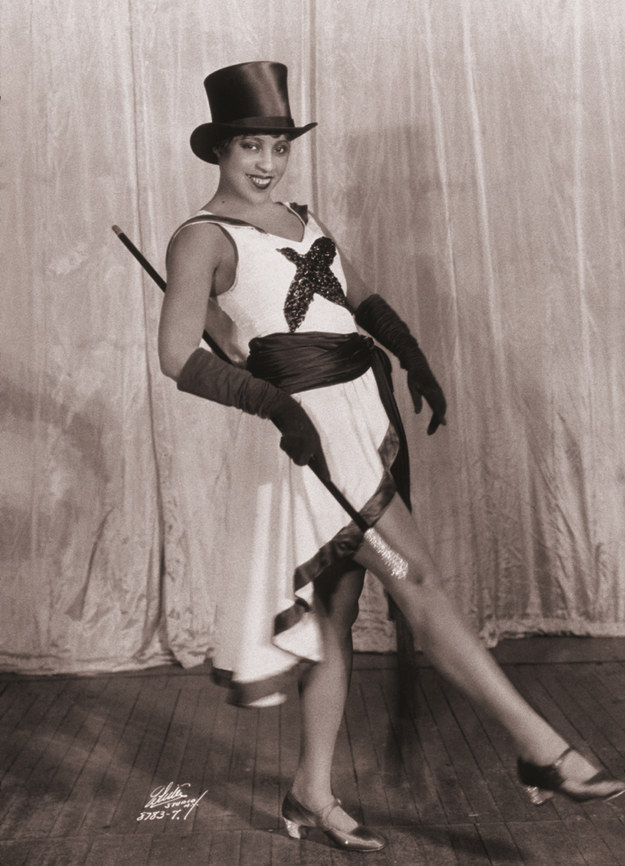More movers and shakers from the early twentieth century

Bringing an admittedly selective sweep of leading Black ladies up to the late twentieth century, we see how Black women have been instrumental in making up for deficiencies in the welfare state, building self-sufficient communities, neutralising some of the most dangerous periods of interracial strife in British history, while still making waves in popular culture.
Kathleen Wrasma (1917–1996)
Kathleen Wrasama overcame a traumatic childhood where she was taken from her family in Ethiopia on the promise that she would have a better life in Britain, only to be put in children’s homes where she was ostracised because she was Black. She co-founded the Stepney Coloured People’s Association (SCPA), which with very limited funds established a housing bureau, providing references for Black people to landlords willing to house them, petitioning local county councils to extend their hostel and social provision.
Claudia Jones (1915 – 1964)
Pioneering journalist and political activist Claudia Jones arrived in Britain is the first of our heroines to have arrived amid the post-War Windrush immigration, having been deported from America for her vocal opposition to systemic racism and sexism on the pretext that as a Trinidadian and Communist, she was an ‘un-American’ British subject they could deport back ‘home’ to Britain. She arrived amid rising racial tensions in a country suffering from a collapsing post-war economy where competition for jobs was fraught and an increasingly violent anti-immigrant rhetoric was taking hold. She acted quickly, establishing Britain’s first major Black newspaper, the West Indian Gazette. When racial tensions sparked the Notting Hill riots in the Summer of 1958 in response to white supremacist violence, Jones’ organised the first Notting Hill Carnival, showcasing the best of West Indian culture, which began in a few theatres and community halls but grew to become the huge celebration of diversity it is today.
Adelaide Hall (1901 – 1993)
Perhaps the first true lady of jazz, Adelaide Hall moved from Harlem to London in 1939, where she transformed herself from a leading club singer into a show star. Her innovative jazz saw her perform alongside the giants of the period, including Duke Ellington, Art Tatum and Fats Waller. Consistently ignored by jazz historians Hall nonetheless achieved international fame, performing across Europe and America, and in 1941 supplanting Ella Fitzgerald as Britain’s highest-paid female entertainer.




Leave a Comment (note: all comments are moderated)